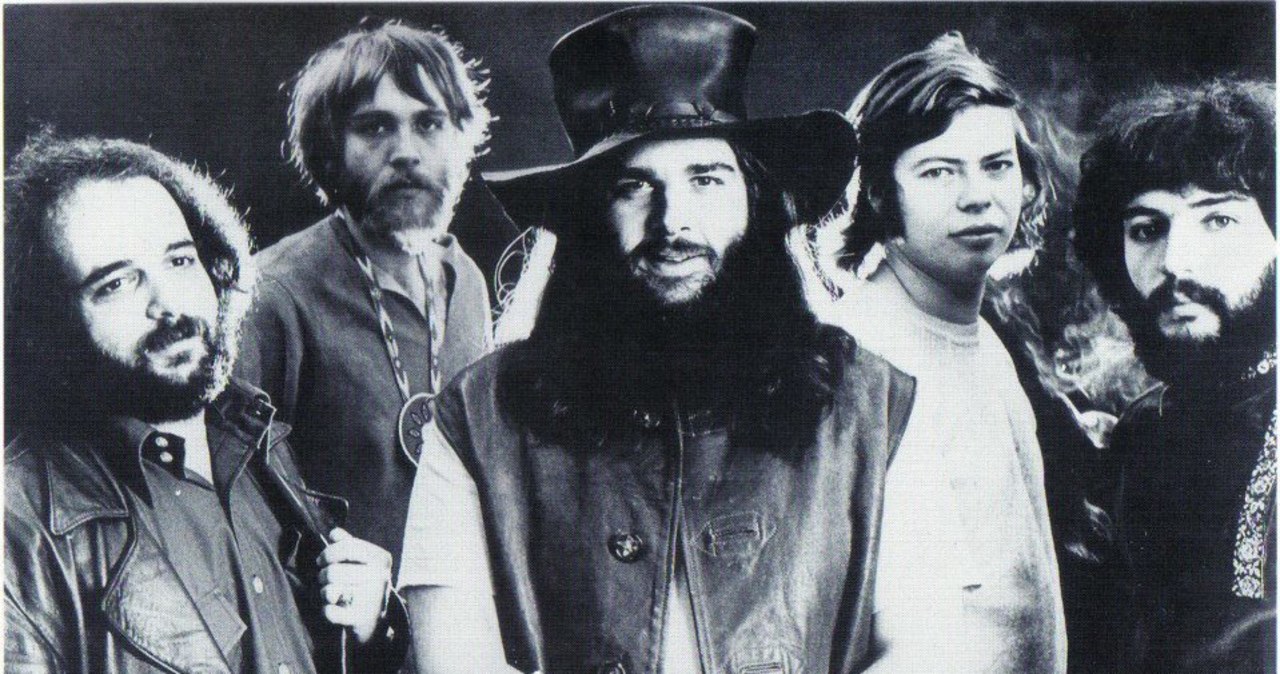

Along with his talent and intellect, Wilson had a reputation for social awkwardness and introversion which may have contributed to his depression. Like Brian Jones, he championed the cause of the original blues masters who had been nearly forgotten, while creating some of the enduring sounds of the Woodstock Era. He left an important musical legacy in his brief time on Earth. Wilson’s death came just two weeks before the death of Jimi Hendrix and four weeks before the death of Janis Joplin. There was no note, and his death was officially ruled an accident. Although his death is sometimes reported as a suicide, this is not clearly established and he left no note.

He was briefly hospitalized for significant depression, and was released after a few weeks. Wilson reportedly had attempted suicide a few months earlier, attempting to drive his car off a freeway in Los Angeles. Another double album, this time helmed by Bob Hite, it dates back to Wilson’s final spring and is an evocative and. His recording career spanned only three years, cut short in 1970 by his untimely death. Wilson’s devoted fans considered him one of the most brilliant, innovative, and sadly under-recognized artists of his era.

An autopsy identified his manner and cause of death as accidental acute barbiturate intoxication. Hooker’n’Heat (1971) still features Alan Wilson, albeit posthumously. Alan Wilson is widely remembered as a pioneer of blues-rock during its crucial development period of the 1960s. Jas Alan Christie Wilson in Arlington, Massachusetts) was found dead at age 27 on a hillside behind band mate Bob Hite’s Topanga Canyon home in Los Angeles, California. Thankfully, his music lives on, not only by the band which is still touring today, but on the Severn Records compilation Alan Wilson: The Blind Owl(Severn CD-0057 © 2013).SEPTEM– Canned Heat musician ALAN WILSON (b. All had nicknames: Alan Blind Owl Wilson, Bob The Bear Hite, Larry The Mole Taylor. An overdose of barbiturates cut his life short making him and unwitting member of the infamous 27 Club. Alan Wilson was invited to come on stage and accompany Hurt. This is the long-awaited story of Alan Wilson, musical genius and c. In September of 1970 Wilson’s body was found on a hillside behind bandmate Bob Hite’s California home. Read 13 reviews from the worlds largest community for readers. It continues to be featured in movies and commercials to this day.
Alan blind wilson movie#
The band performed at the two most iconic live concerts in rock history: the 1967 Monterey Pop Festival and Woodstock, where the Wilson-penned “Going Up the Country” not only became the theme of the movie filmed at the festival, but the anthem of the entire Woodstock Generation. In 1965, Alan helped found Los Angeles-based Canned Heat. After several weeks of playing together, House invited Alan to play guitar and harmonica at the Newport Folk Festival and on his recording, The Legendary Son House: Father of Folk Blues.
Alan blind wilson how to#
He immersed himself in the history of early blues music, becoming an authority on the subject so much so that in 1964 noted manager/producer/blues historian Dick Waterman recruited Wilson to re-teach the legendary Son House how to play his old slide guitar licks on the songs he had recorded in the ‘30s but had forgotten. As bandmate Fito de la Parra writes: “Without the glasses, Alan literally could not recognize the people he played with at two feet, that’s how blind the ‘Blind Owl’ was.”īorn on the Fourth of July, 1943 in Boston, MA, Wilson became involved in the Cambridge coffeehouse folk-blues circuit while enrolled at Boston University. Date of birth: JDate of death: Septem(Age: 27 years) Height: unknown Weight: unknown Alan Blind Owl Wilson body measurements: Waist: unknown Chest: unknown Biceps: unknown Shoe/feet: unknown Hair colour: Dark brown Eye Color: Blue Our target today is Alan Blind Owl Wilson. Nearsighted to the point of almost complete blindness, Wilson picked up the name the “Blind Owl” from good friend and fellow blues picker John Fahey. Alan “Blind Owl” Wilson was the preeminent statesman of ‘60’s blues/rock a master harmonica player and guitarist in the Delta tradition who would forge unlikely relationships with heavyweights like Son House and John Lee Hooker ( “Alan plays my music better than I knows it myself”) on his way toward becoming, according to Downbeat Magazine, “the finest white blues harmonica man” of the hippie era.


 0 kommentar(er)
0 kommentar(er)
